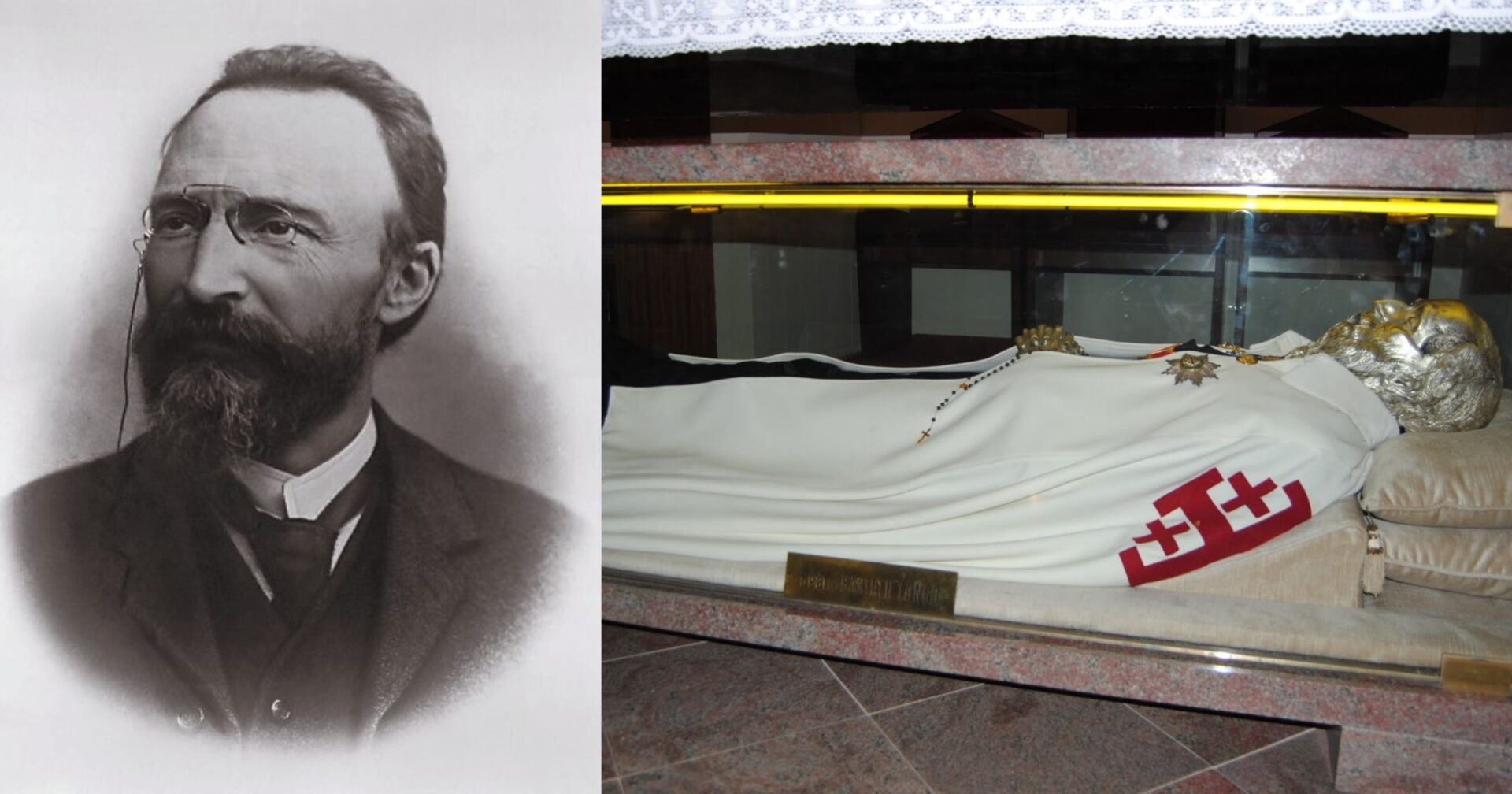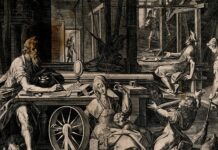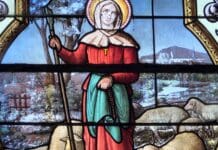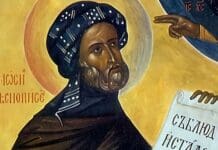Blessed Bartolo Longo was an ordained “satanic priest” before returning to the Catholic Faith and eventually becoming a third order Dominican.
Born to a wealthy family on the 10th of February in 1841 near the coastal city of Brindisi in Southern Italy, Bartolo Longo’s devout Catholic parents wished for him to become a teacher. After his father died and his mother remarried a lawyer, Longo convinced his parents to send him to the University of Naples to study law in 1861.
At the time, Italy was gripped with a hyper-nationalistic movement and its proponents saw the papacy as antagonistic to their devices. Students at the University of Naples dabbled in spiritualism, occultism, and witchcraft. Longo joined a movement that led him to a satanic cult, and eventually he was ordained a satanic priest after self-described “spiritual” experiences.
In the following years, Longo’s life was one of “depression, nervousness, and confusion.” Afflicted with anxiety and paranoia, he turned to a hometown friend – Vincenzo Pepe – for guidance. Pepe introduced him to Dominican Father Alberto Radente who led him to a devotion to the Rosary.
On October 7th, 1871, Longo became a Dominican tertiary and took the name “Rosario.” Shortly after returning to the Faith, he visited a satanic seance and said whilst holding up a rosary: “I renounce spiritualism because it is nothing but a maze of error and falsehood.”
His law practice took him to nearby Pompei, where he met Countess Mariana di Fusco, a widower who owned a great deal of property in the city. Together they inaugurated a confraternity of the Rosary, sponsored a festival honoring Our Lady of the Rosary, and began restoring a dilapidated church.
Reports of alleged miracles at the restored church began flooding in, and the Bishop of Nola encouraged the two to begin the construction of a much larger church, the cornerstone first laid in 1876 and expanded to a basilica in 1939. Today it is known as the Pontifical Shrine of the Blessed Virgin of the Rosary of Pompei.
At the suggestion of Pope Leo XIII, Longo married the Countess in 1885 but the two remained abstinent. They continued to do many charitable works, providing for orphaned children and children of prisoners.
Longo continued promoting the Rosary until his death on October 5, 1926, at the age of 85. He lies in a glass tomb in the Shrine of Pompeii, wearing the mantle of a Knight of the Order of the Holy Sepulchre.
On October 26th, 1980, Pope Saint John Paul II beatified Bartolo Longo and called him the “Apostle of the Rosary.” His feast day is celebrated every year on October 5th.
“As a true apostle of the Rosary, Blessed Bartolo Longo had a special charism. His path to holiness rested on an inspiration heard in the depths of his heart: “Whoever spreads the Rosary is saved!”.(13) As a result, he felt called to build a Church dedicated to Our Lady of the Holy Rosary in Pompei, against the background of the ruins of the ancient city, which scarcely heard the proclamation of Christ before being buried in 79 A.D. during an eruption of Mount Vesuvius, only to emerge centuries later from its ashes as a witness to the lights and shadows of classical civilization. By his whole life’s work and especially by the practice of the “Fifteen Saturdays”, Bartolo Longo promoted the Christocentric and contemplative heart of the Rosary, and received great encouragement and support from Leo XIII, the ‘Pope of the Rosary.'” – Rosarium Virginis Mariae, Pope Saint John Paul II
Photo credit: Public Domain via Wikimedia Commons 1, 2

















